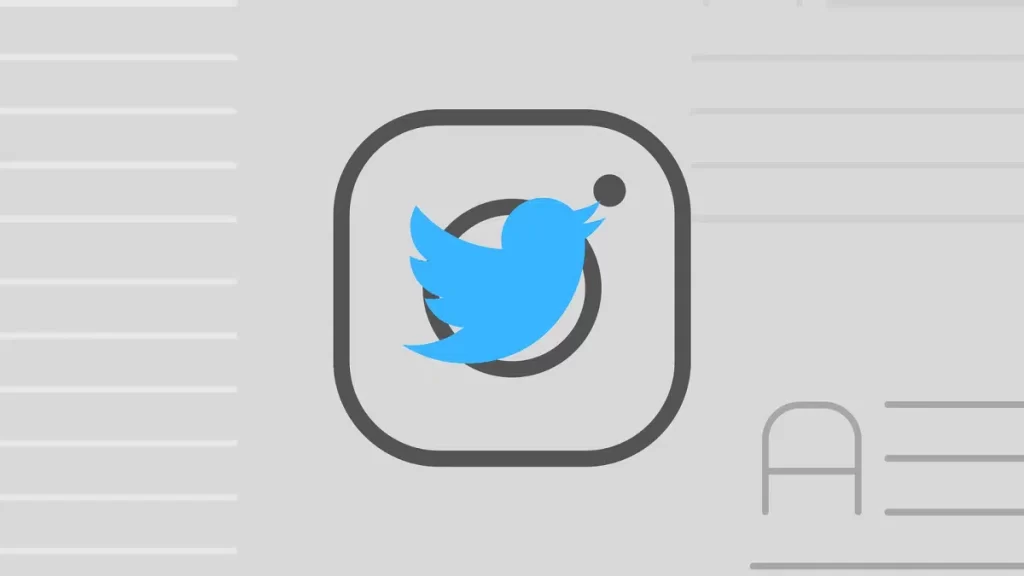Instagram competitor
In the ever-evolving landscape of social media, competition between platforms is fierce as each seeks to capture and retain user attention. Instagram, a popular photo and video-sharing platform owned by Facebook, has long been a powerhouse in the social media realm.
However, recent reports and speculations indicate that Instagram is gearing up to introduce a revamped version of its platform, designed to compete head-on with another social media giant, Twitter. This potential development has ignited excitement and curiosity among users, as the prospect of a direct Instagram-Twitter rivalry promises to reshape the social media landscape.
In this exclusive exploration, we delve into the rumored features and potential impact of Instagram’s competitive offering to Twitter, analyzing how this move could influence user engagement, content consumption, and the broader digital social experience.
The Evolving Social Media Dynamics:
Distinct User Bases: While Instagram and Twitter have both amassed vast user bases, they cater to different preferences and communication styles. Instagram is primarily image-centric, focusing on visual content sharing, while Twitter is known for its concise, real-time updates and engagement.
Content Variety: Instagram has been synonymous with photo and video sharing, with features like Stories, Reels, and IGTV. Twitter, on the other hand, is renowned for its character-limited tweets, threads, and emphasis on timely news and conversations.
Instagram’s Challenge to Twitter’s Realm:
Expanded Text Format: One of the anticipated changes in the Instagram update is the introduction of longer-form text posts. This move seems to be a direct response to Twitter’s strength in facilitating quick and engaging written exchanges.
Threaded Conversations: Instagram is reportedly testing a threaded comments feature, allowing users to engage in more in-depth conversations within a single post. This mirrors Twitter’s tweet-reply structure, aiming to enhance conversational dynamics.
Real-Time Updates: While Instagram has historically favored polished and curated content, the new update is expected to incorporate a feed akin to Twitter’s real-time chronological updates, potentially fostering more spontaneous interactions.
News Curation and Trends: In an effort to compete with Twitter’s role in disseminating real-time news and trends, Instagram’s update may introduce curated news sections or trending topic highlights.
Potential Impact and Implications:
Increased Engagement: The introduction of longer text posts and threaded conversations on Instagram could lead to more in-depth discussions and engagements, potentially rivaling Twitter’s appeal in fostering meaningful interactions.
Diverse Content Consumption: Users may find themselves exposed to a wider range of content styles on Instagram, from visually striking posts to thought-provoking text narratives, creating a multi-faceted content consumption experience.
News and Information Sharing: Instagram’s move to incorporate real-time updates and news curation could encourage users to turn to the platform for current events and trending topics, challenging Twitter’s dominance in this area.
User Behavior Shifts: The revamped Instagram may prompt users to adapt their behavior, embracing longer-form text interactions alongside visual content sharing.
Content Creators and Influencers: The potential introduction of threaded comments and expanded text posts could provide content creators and influencers with new avenues to engage with their audience and share more in-depth insights.
Challenges and Considerations:
Balancing Aesthetics and Functionality: Instagram’s challenge lies in maintaining its visually appealing aesthetics while integrating new features that align with Twitter’s communication style.
User Feedback and Adoption: User reception of these changes will be crucial. Instagram must ensure that the new features resonate with its existing user base while attracting new users.
Monitoring Misinformation and Toxicity: As conversations become more extensive, Instagram will need to implement robust measures to combat misinformation and toxic interactions, a challenge that Twitter has also grappled with.
Conclusion:
Instagram’s potential transformation into a direct competitor to Twitter signifies a significant evolution in the social media landscape. As the platform strives to strike a balance between its signature visual appeal and the communication style synonymous with Twitter, users can anticipate a more dynamic and versatile digital social experience.
If Instagram successfully integrates features like longer text posts, threaded conversations, and real-time updates, it could revolutionize how users engage with content, shifting from curated visuals to more interactive and multi-dimensional exchanges. As Instagram and Twitter potentially converge in their offerings, users stand to benefit from an enriched and diversified social media ecosystem that caters to a broader range of communication preferences and content consumption habits.


